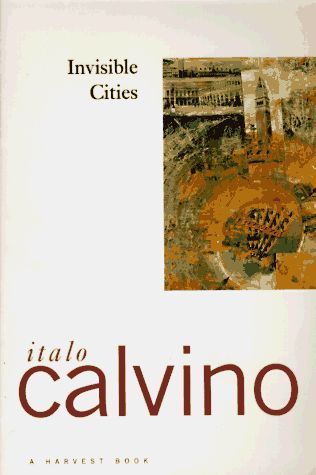
Reviews
smile@smilemore
solitones@solitones
p.@softrosemint
Yanks@nilfruits
f@lighthouse
Cody Degen@codydegen
iamazoo@iamazoo
N.C@quince
Laura Mauler@blueskygreenstrees
Hannah Yang@hannahyang
taylor miles hopkins@bibette
Michael Springer@djinn-n-juice
Katherine Yang@bookwormgirl910
Andrew Louis@hyfen
Prashanth Srivatsa@prashanthsrivatsa
Deyana@dawndeydusk
Omar AlHashmi@omaralhashmi
Fraser Simons@frasersimons
Jenna@jenna
Emmett@rookbones
Claudia@clauds
cenk karagören@cenkk
Kwan Ann Tan@kwananntan
Christopher McCaffery@cmccafe
Highlights
Conor Murphy@cnrmrphy
Page 135
Conor Murphy@cnrmrphy
Page 127
Conor Murphy@cnrmrphy
Page 125
Conor Murphy@cnrmrphy
Page 114
Conor Murphy@cnrmrphy
Page 106
Conor Murphy@cnrmrphy
Page 82
Conor Murphy@cnrmrphy
Page 75
Conor Murphy@cnrmrphy
Page 53
Conor Murphy@cnrmrphy
Page 30
Conor Murphy@cnrmrphy
Page 28
Conor Murphy@cnrmrphy
Page 11
Conor Murphy@cnrmrphy
Page 10
Rebecca Lum@reblum
Page 20
Rebecca Lum@reblum
Page 19
taylor miles hopkins@bibette
Page 165
taylor miles hopkins@bibette
Page 162
taylor miles hopkins@bibette
Page 161
taylor miles hopkins@bibette
Page 160
taylor miles hopkins@bibette
Page 155
taylor miles hopkins@bibette
Page 152
taylor miles hopkins@bibette
Page 142
taylor miles hopkins@bibette
Page 139
taylor miles hopkins@bibette
Page 137
taylor miles hopkins@bibette
Page 135